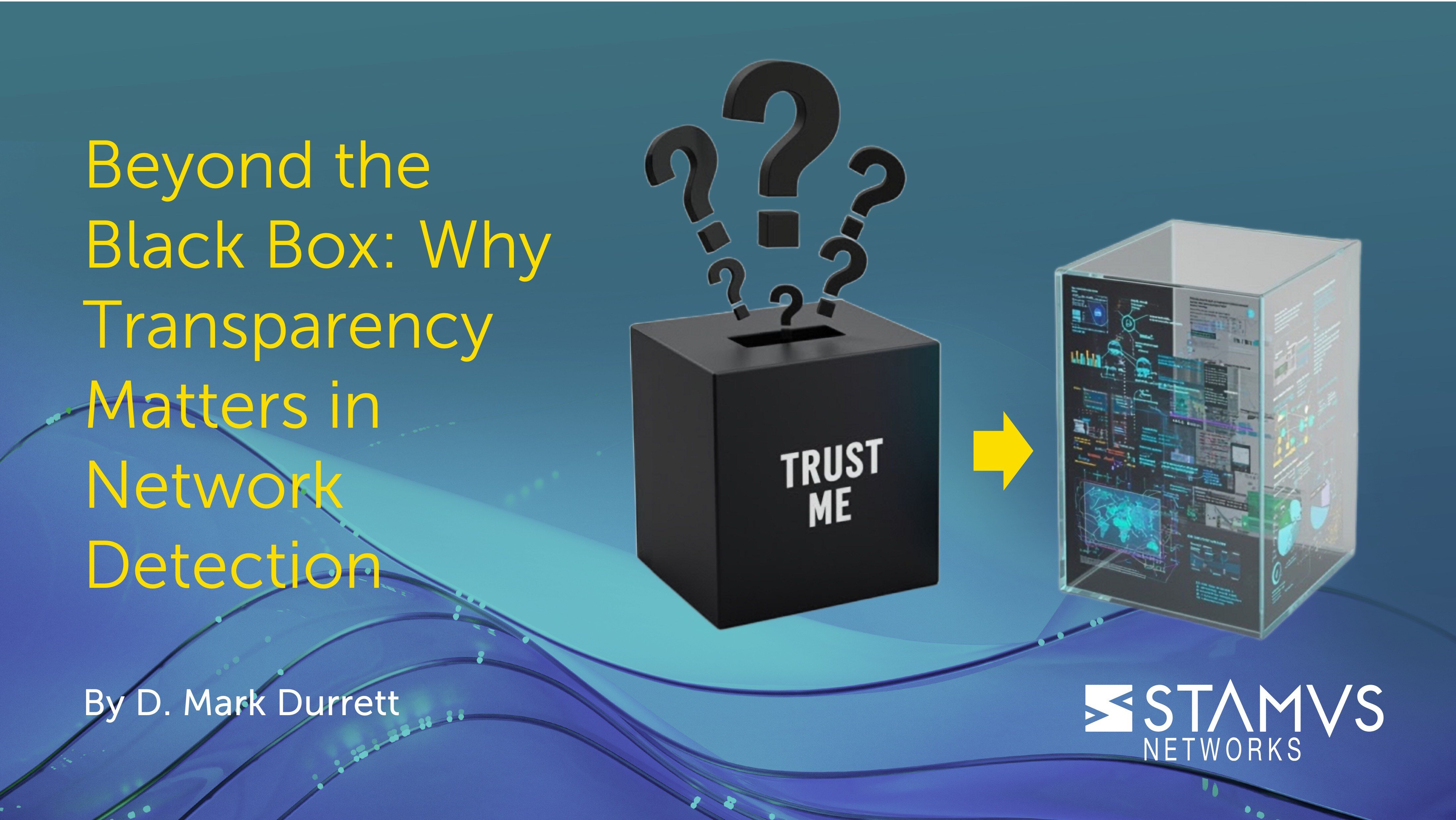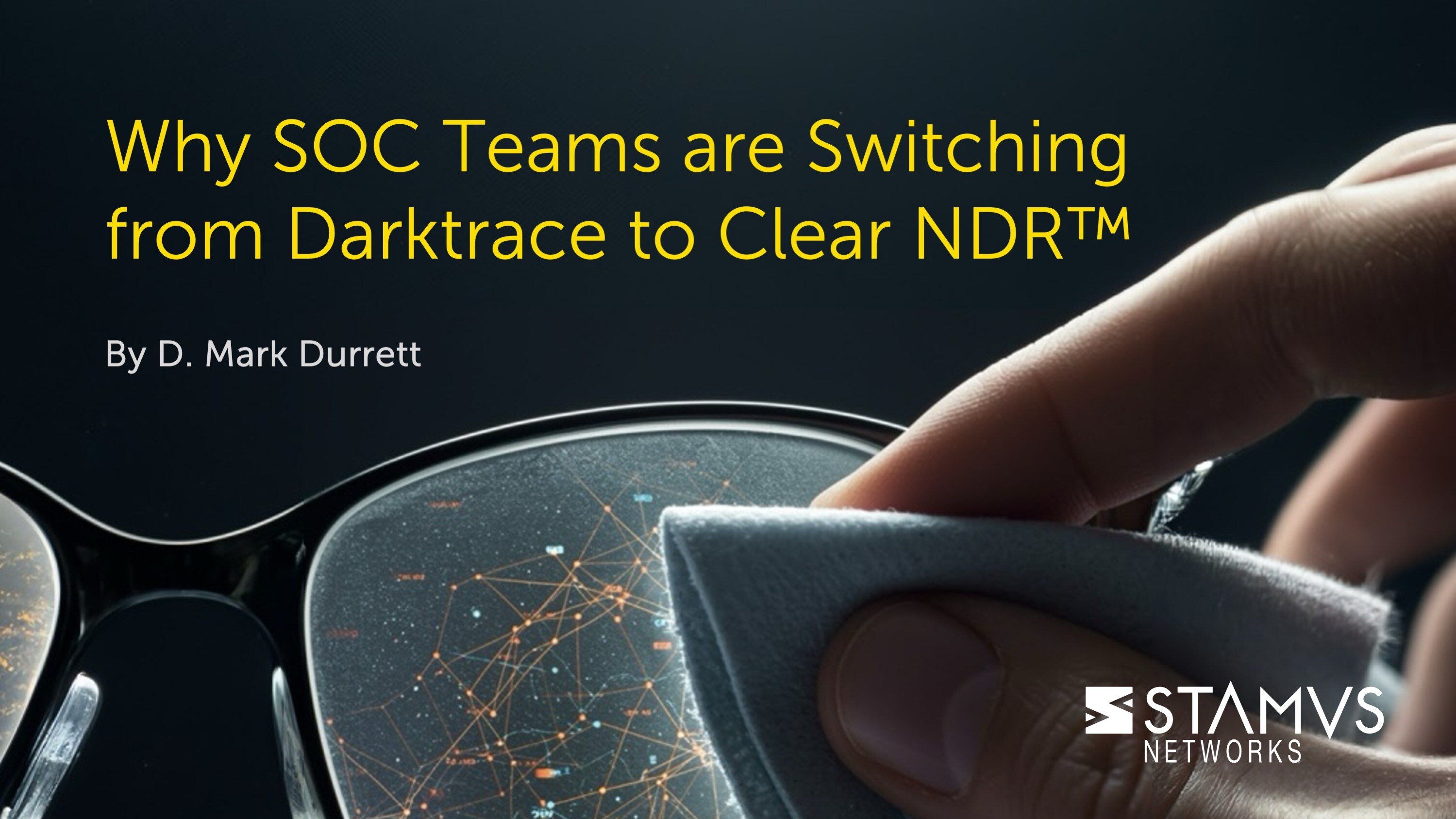Network detection and response (NDR) has been quickly gaining ground as a respected cyber security tool. The various network detection and response use cases have helped NDR become established as a highly effective means of identifying and mitigating threats in organizations around the world. For those unfamiliar with NDR, you might be wondering why it is so important, and how your organization could benefit.
What is the meaning of NDR?
The meaning of NDR is “network detection and response”. In the simplest terms, NDR is a cyber security solution that monitors network traffic data to identify and respond to potential cyber threats. Organizations can reduce their risk using NDR security, meaning their digital assets have a higher level of protection.
NDR uses advanced detection methods, like artificial intelligence and machine learning, to detect both known and unknown threats. A known threat is any malicious activity that has been reported and shared through a threat intelligence source. An unknown threat is novel and there is no prior knowledge or documented signature within existing databases. Once a threat has been identified, a network detection and response system will often have tools to automate a response, enabling security teams to mitigate the threat.
Many NDRs will also include additional features for threat hunting, which allows a security practitioner to actively filter through network data to find specific threats, unwanted user behaviors, policy violations, or shadow IT. It is because of its robust set of features that NDR is steadily gaining traction as an effective threat detection and response system.
Why is NDR so important?
NDR security tools are so important in a modern cyber security strategy because they provide a proactive defense mechanism that constantly monitors an organization’s network in real-time. When it comes to threat detection and response systems, no other system produces the same degree of actionable insights into threat activity against an organization as an NDR.
NDR plays a crucial role in reducing the risk of data breaches and fortifying overall cybersecurity postures. It empowers organizations to swiftly respond to emerging threats, minimizing their impact and potential damage. Additionally, by providing insights into network activities, NDR aids in the development of robust security strategies and proactive risk management.
Any organization seeking to bolster its cyber defenses should strongly consider the use of a network detection and response system to protect its digital assets and ensure the greatest level of visibility into network activity as possible.
What is the purpose of NDR?
The purpose of NDR is to provide optimum network visibility. The best NDR solutions leverage the information available on the network, giving the organization a greater understanding of what is happening in its network infrastructure. There are three key benefits to this increased visibility:
- Early Threat Detection: By maximizing network visibility, the organization is enabled to detect malicious activities and indicators of compromise (IOCs) at their earliest stages. Network traffic holds the information needed to identify abnormal behaviors, suspicious communication patterns, and unauthorized activity. This early detection allows security teams to promptly respond and mitigate threats before they can cause significant damage or exfiltrate sensitive data.
- Rapid Incident Response: With greater network visibility comes real-time monitoring and analysis of network traffic, enabling organizations to respond swiftly to security incidents. Security teams need clear visibility into network activities to identify the scope and impact of an incident, trace its origin, and take immediate action to contain and remediate the threat. Timely incident response minimizes the potential damage, reduces downtime, and helps security teams restore normal operations quickly.
- Comprehensive Threat Analysis: Expanded network visibility allows for in-depth analysis of network traffic, helping organizations understand the context, nature, and scope of potential threat proliferation. By examining network communication patterns, traffic flows, and data exchanges, security teams can identify malicious behavior, detect malware infections, uncover hidden threats, and gain valuable insights into the tactics, techniques, and procedures (TTPs) employed by attackers. This comprehensive threat analysis helps security teams develop effective countermeasures and improve defenses.
Why use NDR?
Organizations should use NDR because it provides a vast set of features that enable the swift identification and mitigation of potential threats. By using an NDR, organizations put themselves in a better position to respond effectively to the threats and threat actors that seek to harm them. Here are several benefits provided by the best network detection and response products:
- Advanced Threat Detection: NDR tools leverage behavioral analysis, signature-based detection, and machine learning techniques to detect and identify sophisticated threats, zero-day attacks, and advanced malware that may evade traditional security measures.
- Passive Monitoring: NDRs are non-intrusive, inspecting a copy of the network traffic from a packet broker or mirror port. This allows organizations to gain real-time insights and detect potential threats without impacting network performance or disrupting operations.
- Anomaly Detection: NDR tools analyze network traffic patterns and behaviors to detect anomalies, helping organizations identify potential security breaches, unauthorized activity, and insider threats.
- Lateral Movement Detection: NDR tools can identify lateral movement within the network, helping organizations detect and prevent the spread of threats from one system or user to another, enhancing overall network security.
- Agentless Deployment: Unlike Endpoint Detection and Response (EDR) systems, NDR is agentless. This eliminates the need to install software on individual endpoints, simplifying deployment and reducing maintenance and support overhead. This is especially beneficial in environments where there are no typical endpoints, such as an organization that supports a bring-your-own-device (BYOD) model, an Internet of Things (IoT) environment, and military, medical, or industrial control systems.
- Forensic Analysis: NDR tools provide detailed network logs, file extraction, packet capture, and other critical event metadata, aiding in incident investigation and forensic analysis. This helps users understand the attack methodology, support legal proceedings, and prevent future incidents.
- Threat Hunting: NDR facilitates proactive threat-hunting activities by allowing security teams to search for potential threats, identify novel or unknown malware, and uncover malicious or unauthorized activities that may have evaded other security measures.
- Compliance and Regulatory Requirements: NDR provides the necessary visibility, logging, and reporting capabilities to meet compliance obligations, ensuring organizations adhere to industry regulations and data protection standards.
- Network Performance Optimization: NDR tools can offer insights into network performance, including traffic patterns, bandwidth utilization, and application performance, helping organizations optimize their network infrastructure and enhance overall efficiency.
- Network Hygiene Auditing: NDR can provide insights into the health of an organization’s network systems. By continuously monitoring traffic, organizations can better identify and address potential security risks, misconfigurations, and vulnerabilities.
The Stamus Security Platform
The Stamus Security Platform (SSP) is the world’s most advanced Suricata-based network detection and response (NDR) system. We combine the very best of machine learning, signature-based, IoC matching, and algorithmic threat detection into a single platform that identifies both known and unknown threats lurking on your network.
If you are thinking about adding NDR to your cybersecurity strategy, then SSP should be a part of your consideration. To learn more about the Stamus Security Platform, view the following resources:
- Stamus Security Platform Data Sheet
- Real World Success Stories: In the Trenches with NDR
- Stamus Security Platform Overview
To be notified of new blog posts and other news, make sure to subscribe to the Stamus Networks blog and the Stamus Spotlight Monthly Newsletter, follow us on Twitter, LinkedIn, and Facebook, or join our Discord.






